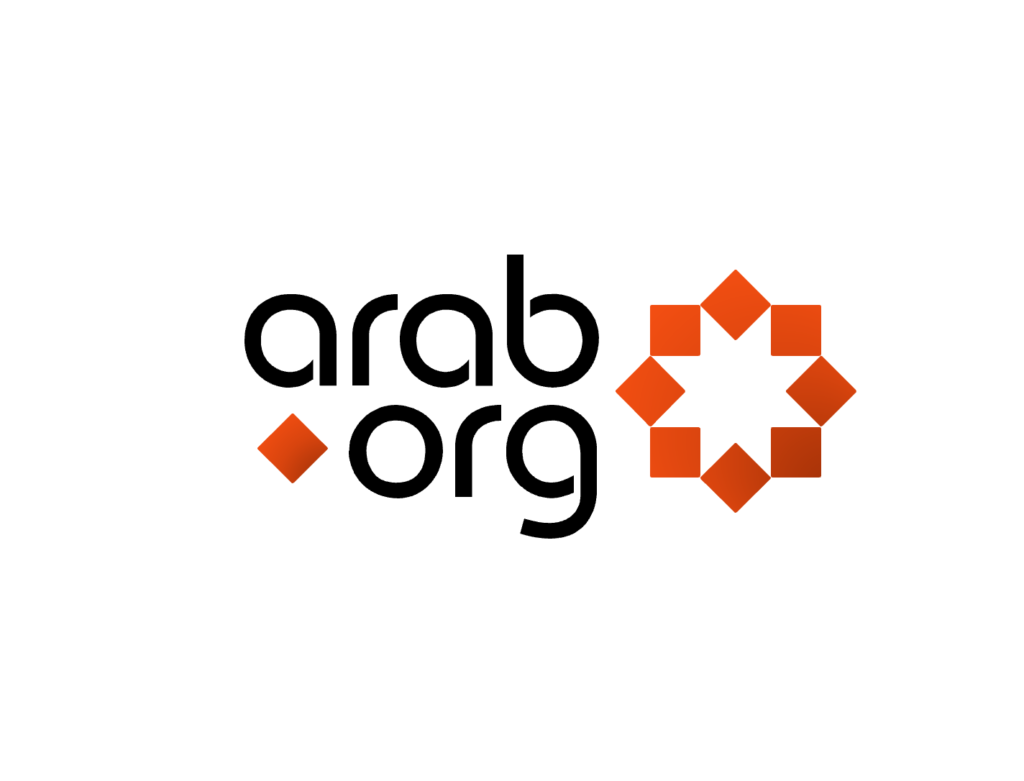RIYADH –
Anyone expecting immediate results from Saudi Arabia’s unprecedented splurge on football stars was probably disappointed as the billion-dollar spending created a lopsided season with no international silverware so far.
Despite last year’s pyrotechnical unveiling of superstars such as Cristiano Ronaldo, Karim Benzema and Neymar, the new-look Saudi Pro League has provided few fireworks since.
On Saturday, Al Hilal cantered to their fourth title in five years with three games to spare, even without the services of Neymar who was injured on Brazil international duty in October.
None of the Saudi teams reached the Asian Champions League final. Hosts Al Ittihad exited in the second round of the Club World Cup in Jeddah, while Roberto Mancini’s Saudi national side lost in the Asian Cup’s last 16.
Al Hilal were so dominant that they won 34 consecutive games in all competitions, a record for a top-flight team, and remain unbeaten in the Pro League.
Victories of 9-0, 7-0 and 6-1 highlighted the gulf between Al Hilal, one of four clubs bought last year by the Public Investment Fund, Saudi Arabia’s oil-funded sovereign wealth vehicle, and the rest.
Al Hilal, Ronaldo’s Al Nassr, Riyad Mahrez’s Al Ahli and Al Ittihad, Benzema’s new employers, occupy four of the top five positions in the league table.
“The lack of a proper distribution of players among all the teams created a clear gap between the big and small teams and killed the competition in favour of Al Hilal,” said Mohamed Mandour, a Paris-based journalist from the Sportsdata website.
World Cup here we come
The league’s administrators, also newly-hired, say it is a long-term project and it will take time to reach their goal: becoming one of the world’s top five domestic competitions by metrics such as quality of players, stadium attendances and commercial success.
Already on the horizon is 2034, when Saudi Arabia, keen to present a new image and prepare for the post-oil era, becomes the second Gulf country to host the World Cup, after neighbours Qatar in 2022.
Last summer’s $957 million spend on players, second only to the English Premier League and unheard of in Saudi football, has undoubtedly drawn extra interest to the competition, even if it is yet to hit the heights.
At a recent game in Riyadh, Ahmed Osama, an Egyptian living in Saudi, sat happily with his two children watching Al Nassr and Ronaldo, 39, a footballing legend at the tail-end of his career.
“We came just to see Ronaldo, who they both love,” Osama, 40, said, adding that his children aged nine and six choose Al Nassr when playing PlayStation, rather than Barcelona or Real Madrid.
Teething problems
Suddenly hiring a raft of star players is not a simple endeavour and teething problems have included Benzema’s difficulties settling at Al Ittihad and Ronaldo being fined for an offensive gesture on the pitch.
Former Liverpool player Jordan Henderson left Al Ettifaq for Ajax after just six months in the Pro League, whose late-night starts, high temperatures and often empty stadiums can prove unappetising for players.
In April, a fan in traditional Saudi dress produced a long whip and struck Al Ittihad’s Abderrazak Hamdallah after arguing with the striker from the stands.
Simon Chadwick, professor of sport and geopolitical economy at France’s SKEMA Business School, said it takes years to build the kind of profile enjoyed by the English Premier League or Spain’s La Liga.
“Saudi Arabian football must get used to the fact that money and players alone are insufficient to guarantee perpetual success,” he said.
“This season Saudi Arabian football has rather drifted on and off the radars of football fans,” Chadwick added.
“It can’t be that way. As La Liga and the Premier League show, engagement is a 24/7/365 phenomenon. Saudi football still has a lot of work to do.”


